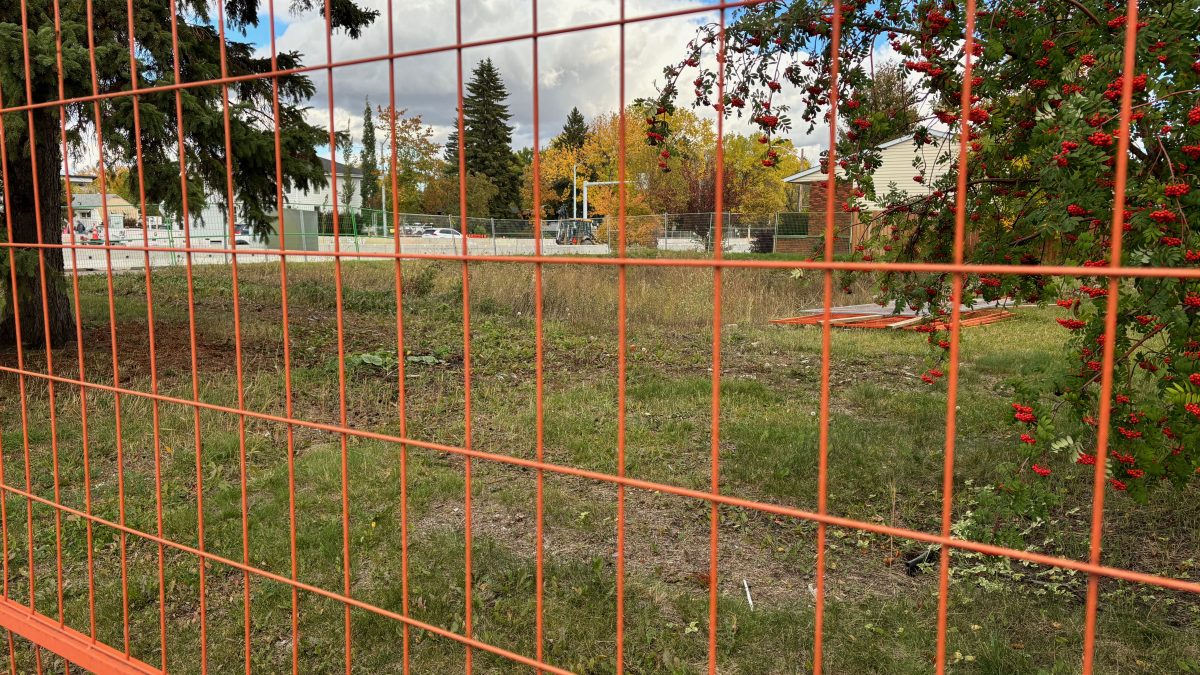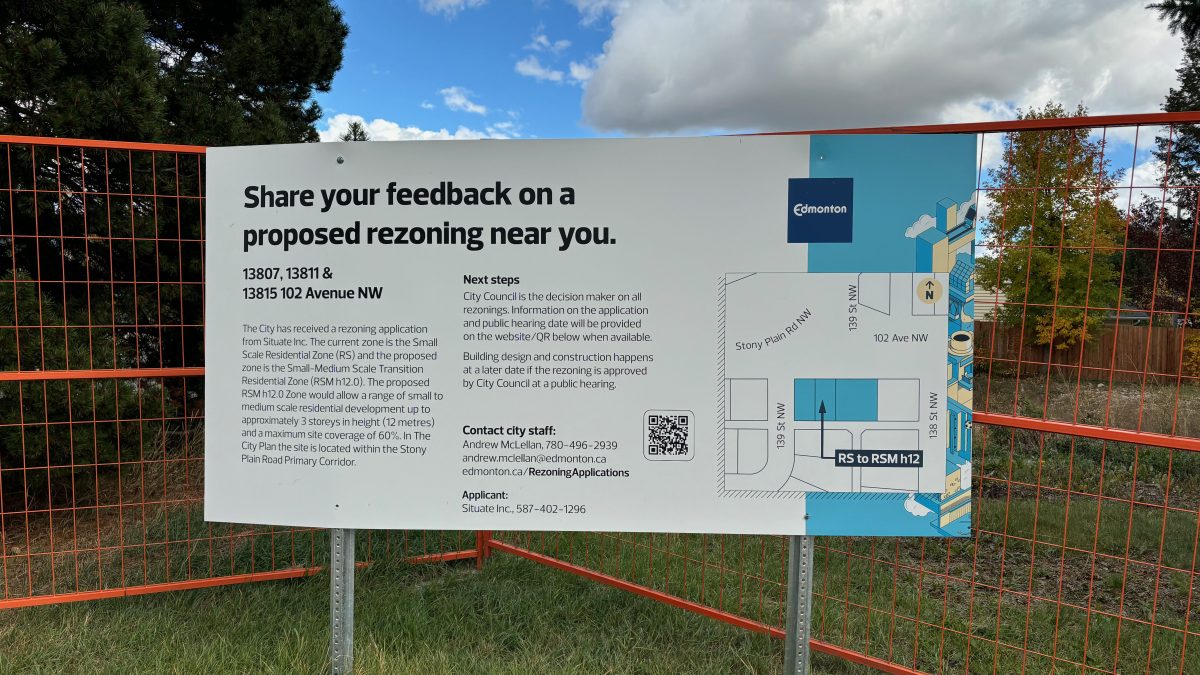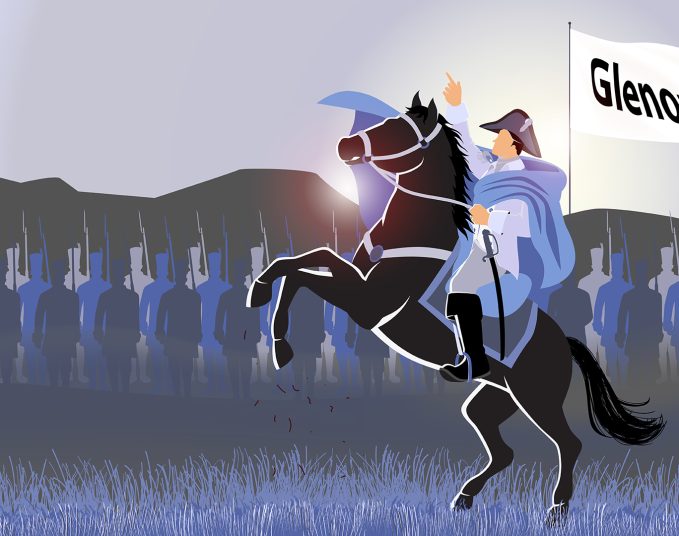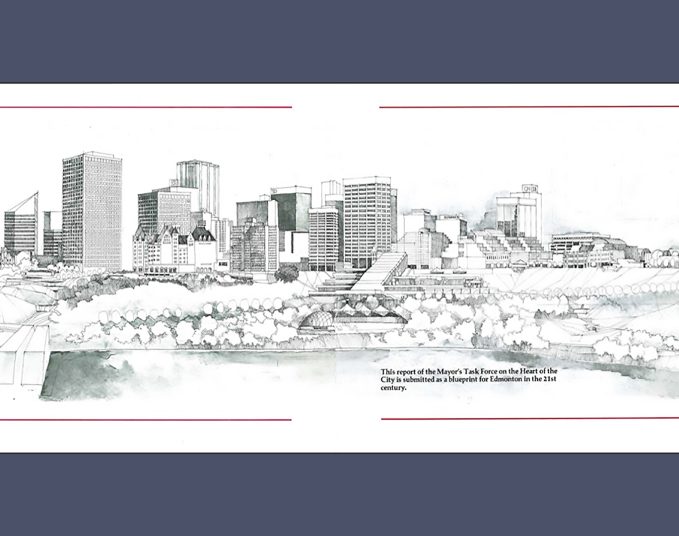It’s October. But, at City Hall, it feels a lot like February.
Groundhog Day, to be exact. Because, like the famous Bill Murray flick about a newscaster who has to repeat the same day of his life over and over and over again, City Council continues to be stuck in a loop when it comes to its dealings with Glenora. The councillors do the same thing they’ve done in the past, don’t get the result they’re hoping for, and so they do it all over again.
All that’s missing is Punxsutawney Phil.
In 2023, council voted to upzone the lot on which the old Mayhew Residence sits, across from Glenora School, despite howls of protest from the community. Since then, nothing has happened. The old house still stands.
In 2022, councillors greenlighted plans for a six-storey residential building on 102nd Avenue, near 138th Street. The residents of Glenora took that issue to the courts and, so far, the system has sided with them (more on that later).
And, this week, by an 11-1 count, they approved a plan to build townhomes at the corner of 139th Street and 102nd Avenue, despite knowing full well that this will likely lead to another long legal battle.
Council keeps approving higher density zoning, and Glenora residents simply say no. And, because of the complicated and exclusive legal protections many of these residents have, their ability to say no has historically trumped City Hall’s desire to densify this historic neighbourhood.
“All this does is make lawyers rich,” said Wendy Antoniuk, the president of the Old Glenora Conservation Association. The OGCA stood against this latest rezoning plan. In fact, 70 Glenora residents filed their opposition to the up-zoning, while administration said there was one letter of support for the project — from a neighbour.

This led Coun. Jennifer Rice, the lone vote against the zoning approval, to question why administration and council ignore the voices of dissent.
“We hear it over and over from the public, that our voice is not being heard,” she said, adding she “struggles” with how little effect the voices of the public have on planning decisions.
Two Glenoras
To understand how we got to this stalemate between residents and council, we need to understand that there are two Glenoras, not one. The neighbourhood is divided in two by Stony Plain Road, which will eventually become the LRT route that bisects the community.
To the south are 400-plus residences, spanning from the old museum site to 142nd Street, that are covered by the Carruthers Caveat. Created in 1911, it was designed to ensure that newly built homes in the then-new subdivision of Glenora would be protected in perpetuity from commercial interests and high-density development. The agreement allowed for a caveat to be placed on the land titles of all the homes, giving each homeowner a veto over any plans to upzone other lots in the area covered by agreement.
And they haven’t been shy to use them. So far, only one project of note, a section of skinny homes on 102nd Avenue near 142nd Street, has been able to be completed. T0 make that work, each home had to be individually subdivided — and each of those homes have the caveat.
Antoniuk told council that there are six projects that residents have opposed, where there are no shovels in the ground.
“They will be in court for five, 10 years. Nothing is happening.”
And, so far, the courts have sided with the residents and upheld the caveat, though there will be more cases to come. Just recently, the proposed six-storey development at 13802 102 Ave. NW (mentioned earlier this article) went to the Alberta Court of King’s Bench in April. Situate, an Edmonton firm that helps developers navigate the complexities of infill, handled the file. Principal Chelsey Jersak says the zoning was requested to create a conflict with the caveat, which would trigger a legal process. Over 100 Glenora residents were listed as opponents on the court file.
Judge W.S. Schlosser ruled to uphold the caveat. He suggested that the City find ways to densify Glenora in ways that are compatible with the caveat. He wrote: “The caveat permits subdivision, and the construction of skinny homes and duplexes; all of which may not be consistent with the new zoning per se but would at least align with the goal of increased densification.”
According to Situate’s blog post on how developers should approach Glenora, it offered this advice: “Developing in Glenora requires a willingness to engage with neighbours, embrace uncertainty and navigate uncharted territory.”
The Density Dilemma
In terms of city building, there is no doubt that the Carruthers Caveat is a bad deal that has hamstrung our civic leadership. That being said, no one, absolutely no one can fault a landowner for exercising his, her or their rights to the fullest.
If you owned a home that was covered by the caveat, you would exploit it. We can argue that it isn’t fair that a few hundred residents have property rights that no one else in Edmonton has. But that’s where we are.
Coun. Andrew Knack is in his third term as a City Councillor, but this is the first term that his ward has included Glenora. At council this week, he said that housing “choice” needs to be brought to Glenora, but wondered out loud what it would take to get some projects completed.
“It’s a common theme we find in Glenora, and I don’t know how to bridge the gap on this one,” he said.
“From a land-use perspective, there is no case for us not to be supporting this,” he said of his support for the latest Glenora zoning change. “This is a very reasonable ask — and there’s a very high likelihood that it’s not going to get built.”
There’s the rub — and Knack has said similar things in previous debates about Glenora. Council can approve, but it doesn’t mean the project is a go.
But are there pro-development residents in Glenora who are afraid to publicly speak out — for fear of being shouted down by their conservationist neighbours?
Knack said he hears whispers from some Glenora residents that, really, they are OK with more development.
At a recent Glenora Community League meeting where the overall tone was adversarial towards City Hall, with resident after resident speaking publicly about how the neighbourhood was “under attack” and “under siege,” there was one resident who pulled me aside. He told me, in hushed tones, that it was absolutely crazy that a long-dead developer who never lived in Edmonton still held such power over development in the city.
But there looks to be no end to this Mexican standoff between council and Glenora residents, and it does not look like either are holstering the guns. The language between the two has become hyperbolic. The relationship between the neighbourhood’s residents and the City has totally broken down, and you wonder if anyone on either side has the ability to offer an olive branch.
Did Phil see his shadow?
Savvy AF. Blunt AF. Edmonton AF.




